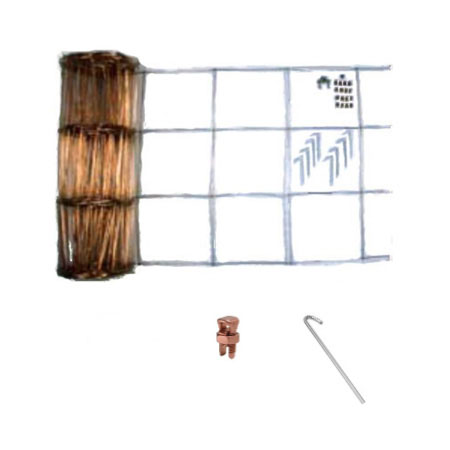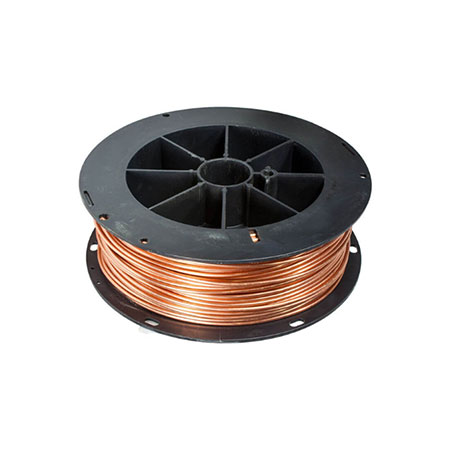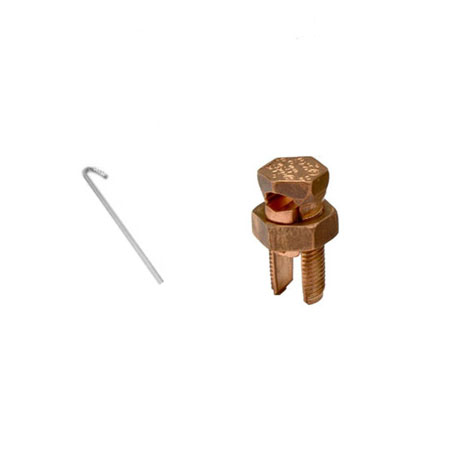- Jul 10, 2012
- 54
- Pool Size
- 16800
- Surface
- Plaster
- Chlorine
- Salt Water Generator
- SWG Type
- Jandy Aquapure 1400
I asked a PB a question if during my pool remodel the pool would be “bonded and grounded (new or existing)”. I put his response below. I figured bonding and grounding my pool was the PB’s job. Thoughts?
====PB’s response====
Pool must be bonded in a minimum of 4 places. We will provide a “ pig tale” wire attached to the back of the pool beam and it is the deck contractor responsibility to run a bond wire or bond grid. However, we can do it at minimum of $650.00 of $8.00 per ft which ever is more.
====PB’s response====
Pool must be bonded in a minimum of 4 places. We will provide a “ pig tale” wire attached to the back of the pool beam and it is the deck contractor responsibility to run a bond wire or bond grid. However, we can do it at minimum of $650.00 of $8.00 per ft which ever is more.





